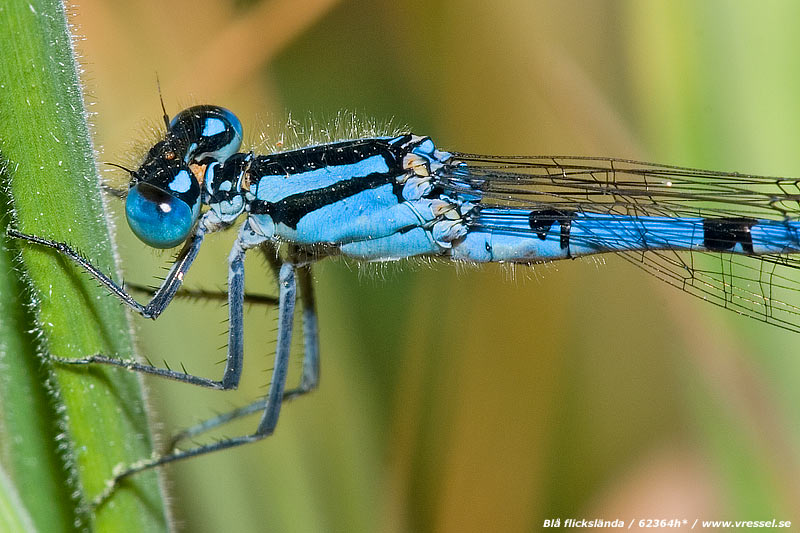Faster than the Space Shuttle
Posted: Fri Jul 10, 2009 3:04 pm
-----------------------------------------------
ttp://www.sciencenews.org/view/generic/id/44531/title/Hummingbird_pulls_Top_Gun_stunts wrote:
For its size, courting flier dives faster than a returning space shuttle
By Susan Milius, July 4th, 2009; Science News, Vol.176 #1 (p. 7)
-----------------------------------------------
385 body lengths per second : Male hummingbird courting speed
207 body lengths per second : space shuttle during atmospheric re-entry
200 body lengths per second : peregrine falcon dive
150 body lengths per second : fighter jet with its afterburners on
-----------------------------------------------
<<They may wear too much pink to fit in among macho fliers. But when male Anna’s hummingbirds swoop out of the sky, they pull more g’s than any known vertebrate stunt flier outside a cockpit, says Chris Clark of the University of California, Berkeley.
During breeding season, the male hummingbirds soar some 30 meters and then dive, whizzing by a female so fast that their tail feathers chirp in the wind (SN: 8/25/07, p. 125). As the birds pull out of their plunge to avoid crashing, they experience forces more than nine times the force of gravity, Clark reports online June 9 in a biomechanical analysis in Proceedings of the Royal Society B.
Anna’s (Calypte anna) have become one of the most common hummingbirds in backyards and parks along the West Coast. The males of the species are marked by dramatic pink plumage on their heads. The stunt flier’s great swoop forms one of the centerpieces of his courtship display to win female attention. The bird orients his display dive in relation to the sun so that his female audience will get the brightest view.
“They look like a little magenta fireball dropping out of the sky,” Clark says.
Clark “has found amazing things about this display,” says Doug Altshuler of University of California, Riverside, who also studies hummingbirds. The new paper shows “to what extraordinary lengths these birds are willing to go to impress potential mates” and could open new opportunities for studying sexual selection.
Clark took advantage of the males’ predictable dive orientation, setting out a caged female, or even a stuffed female on a stick, to inspire birds to dive right in front of his video cameras. Males flew up and plunged over the female typically 10 or 15 times in a row, but one enthusiastic stunt flier completed 75 consecutive dives with a break of only a few minutes.
Analyzing the recordings revealed that birds at first flapped their wings as they dove. For a short period at their peak speed, the birds folded their wings and drilled down through the air at speeds up to 27.3 meters per second (61 miles per hour).
Adjust for body length, and the world just got a new fastest bird, Clark says. The hummingbirds’ speed reached 385 body lengths per second, easily beating the peregrine falcon’s recorded dives at 200 body lengths per second. (Though the falcon was diving at 70 meters per second.) A fighter jet with its afterburners on reaches 150 body lengths per second, and a space shuttle screaming down through the atmosphere hits 207 body lengths per second.
That period of tucked wings allowed Clark to calculate how well the birds’ form coped with drag. “Birds may be a little bit more streamlined than expected,” Clark says.
Then diving males stretch out their wings to pull out of their dive before crashing. “It’s like a gymnast doing an iron cross,” Clark says. If birds didn't have great strength for this maneuver, "their wings would just break off," Clark says.
When the birds experience the maximum g-forces in their dives, Clark notes, the birds enter the range where human pilots, more vulnerable due to larger bodies and circulatory systems, have to be careful about the risk of temporary blackouts.
Such prowess impressed Clark, but when he saw wild female birds watching the show … well. “Sometimes they looked bored or flew away,” he says. Males typically just kept on diving.>>
----------------------------------------------------


